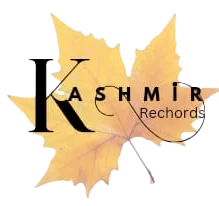(Kashmir Rechords Exclusive)
Trisandhya, south of Divalgam, flowed thrice daily during Baisakhi—its rhythm so divine that Persian poets composed verses about it.Rudra Sandhya, west of Verinag, flowed only in April–May. Pawansandhya, once said to breathe like a living being, hosted Bhadun Amavas fairs…….
Kashmir has long been revered as a mystical cradle of spirituality and natural wonder. For the Kashmiri Pandits, the valley was more than home—it was a living mosaic of shrines and sacred springs. Each stream, grove and temple once echoed with divinity. These sites weren’t merely spiritual landmarks; they were part of Kashmir’s soul.
But today, a disquieting silence hangs over the land. Springs and shrines that flourished as late as 1961—many mentioned in historical records—have vanished without a trace. Not only have the sites disappeared, but their names too are fading from memory, wiped off the revenue maps and the collective consciousness of the Valley.
Ever Heard of Trisandhya or Sapta Rishi in Kashmir? No? Then Read On……..
How many today remember Trisandhya, Rudra Sandhya, Wasuknag or Pawansandhya? What of the seven sacred springs known as Sapta Rishi near Verinag, Kashmir or the five holy waters of Halamathpura? Most of us must have never heard of them—yet they once attracted pilgrims, poets and chroniclers.
A century ago, these sites were vibrant centers of pilgrimage and peace. Eminent scholar Ghulam Rasool Fauq, in his 1907 travelogue Kashmir Safarnama, documented many of these places. From Sopore to Zaingair, he chronicled the shrines lining the Jhelum—living testaments of a multi-faith sacred heritage.
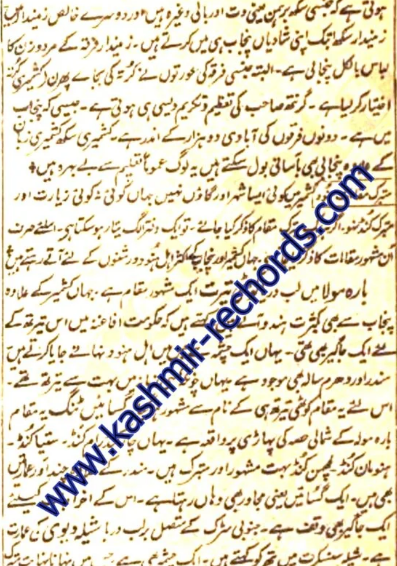
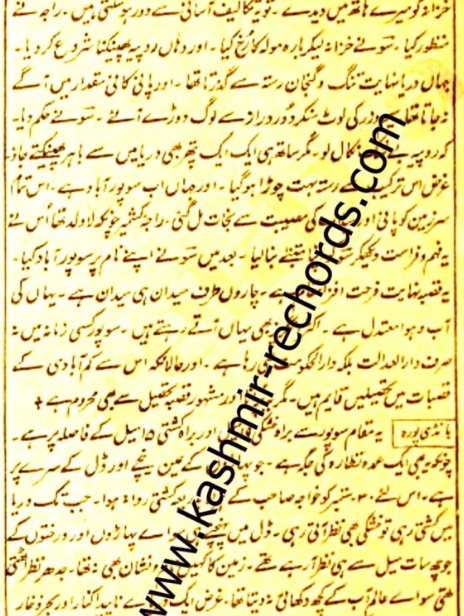
Fauq described sanctified sites like: Chander Naag, where Pandit brides once sought divine blessings, Kantak Bhairav, a grand temple in Sopore, Chandi Devi Tirath, a mystical spring shrine under Sopore Bridge and Resh Peer Temple, guided into being by Wazir Pannu.
His work was later complemented by Gwasha Lal Kaul, a Pandit historian and journalist, who in 1961 published what may have been the final documentation of many such spring shrines, especially in South Kashmir. After him—silence.
But this silence , to some extent, was broken by Chander M Mohan in his recently published “Kashmir Shrines and Temples’’ where he also makes a detailed mention of many such lost spring shrines of Kashmir.
Among other existing shrines, the historians of the yore have also mentioned about Bemai Shree, Gosain Taing and Koti Tirath springs. These were not ordinary springs—they were miracles of nature and devotion, often serving as halting points for pilgrims headed to Sharda Peeth. They pulsed with stories, songs, and community spirit.
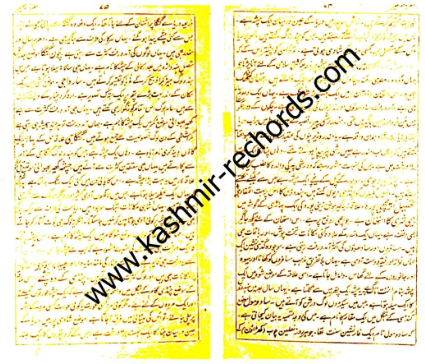
Yet post-1961, these springs began to disappear. Political turmoil, mass migration and urbanization all took their toll. By the 1990s, they had not only dried up—they had been forgotten.
The Shrines That Time Buried
While famous springs like Verinag or Achabal still hold a place in memory, their lesser-known cousins have not been as fortunate. Trisandhya, south of Divalgam, flowed thrice daily during Baisakhi—its rhythm so divine that Persian poets composed verses about it. Today, neither the spring nor its legend survives.

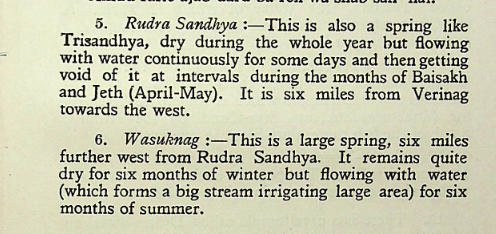
Rudra Sandhya, west of Verinag, flowed only in April–May. Pawansandhya, once said to breathe like a living being, hosted Bhadun Amavas fairs. Wasuknag, whose waters nourished entire regions…. All gone. Their names now draw blank stares.
One of the most astonishing tales is that of Sapta Rishi—a constellation of seven sacred springs in Vithavatur, alive in Kaul’s time, seasonal yet divine. They once flowed in summer and dried in winter. Now, even the name has disappeared from local lore.
Similarly, in Halamatpura—part of the erstwhile Uttarmachhipura region—five springs once converged. One held a rolling lingam, a phenomenon so mystic it was whispered with awe. Nothing of it remains today.
Sacred Flames, Healing Waters
Both Fauq and Kaul also documented Tatadan in Dubjan, a warm spring; Sita-Kund near Gagar-Tahunda, linked to Hindu legends; Maktaphikhar near Mansabal, which surged on Nirjala Ekadashi and Healing springs at Wayyan near Wular and the volcanic flames at Swambhu in Machhipura. …..All vanished—consumed by time, neglect and erasure.
These springs were more than water—they were cultural anchors, spiritual beacons and natural wonders. They inspired poetry, hosted fairs and linked generations through shared rituals.
Their loss is not just ecological—it is the disappearance of sacred memory. As Kashmir modernizes, it risks losing the very soul that made it sacred.
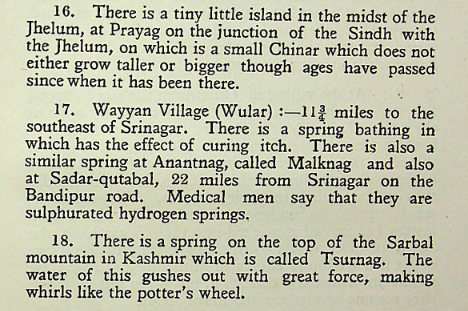

The sacred geography of Kashmir need not be forgotten forever. With intentional research, local oral history, and cultural reclamation, some of these sites may be rediscovered. Their names can be resurrected. Their stories can live again.
Because for every spring that vanishes without a trace, a thread is severed from the soul of Kashmir.
📌 If you know of a forgotten spring or shrine in your region, or if your elders recall the name of one, share it on kashmirrechords@gmail.com. Let us begin the work of sacred restoration—one memory at a time.

